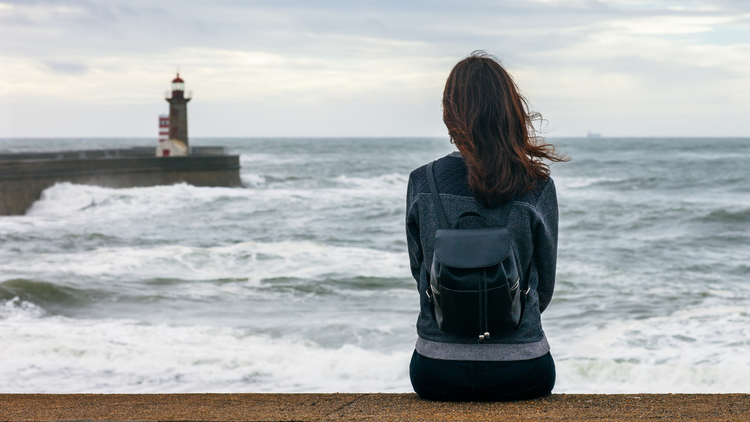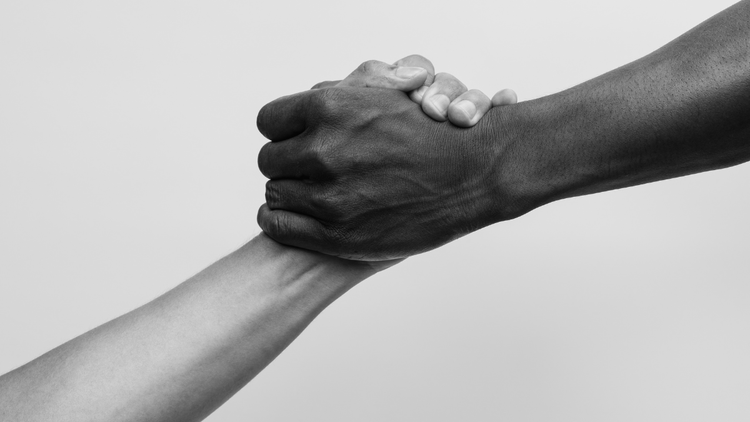The Loneliness Epidemic — How to Stay Connected in the Modern World

You can go a whole day talking to people, replying to emails, even sitting in back-to-back meetings — and still feel completely alone.
That’s the thing about loneliness. It doesn’t always look like isolation. It often hides in plain sight. You can be surrounded by people and still feel like you’re not really seen. Not really known. Not really connected.
And you’re not imagining it. Loneliness is on the rise. Globally. Systemically. Quietly.
Despite being more digitally connected than any generation in history, we are reporting record levels of emotional disconnection. In fact, the U.S. Surgeon General recently declared loneliness a public health crisis, with comparable impacts to smoking 15 cigarettes a day. Here in Australia, the data tells a similar story — more people are living alone, more people report feeling socially isolated, and many of us don’t have someone we feel we can call in a crisis.
But even if the data weren’t so stark, you can probably feel it.
Loneliness isn’t just a feeling — it’s a state of being
For years, I thought loneliness was something that happened to other people. People without families, or friends, or jobs. People who were actually alone.
It wasn’t until I found myself walking into my own workplace, engaging in all the usual surface-level chatter, facilitating workshops and supporting leaders, and still leaving the building with an ache in my chest, that I realised how wrong I was.
Loneliness isn’t about being alone. It’s about being disconnected. Disconnected from people, yes, but also disconnected from meaning. From belonging. From being understood.
And when you feel that disconnect for long enough, you start to withdraw. You stop initiating. You stop expecting people to show up. You stop trusting that relationships can feel safe.
It’s a slow, quiet slide into self-protection.
Why modern life makes connection harder
There’s no single cause, but modern life does not make it easy to feel connected.
For starters, our lives have become more transient. We move for work, change jobs more often, and rarely stay rooted in the same communities. Many of us don’t live near our extended families or childhood friends. And even when we do, busy schedules, commuting, parenting, and financial pressure eat away at the time and energy we have for one another.
Then there’s the digital layer. On the surface, technology gives us connection. And sometimes, it does. But often, it gives us just enough interaction to keep the loneliness at bay without actually resolving it. A like on a post isn’t the same as being seen. A group chat isn’t the same as feeling known.
And if you’ve ever felt the need to perform online — to appear “together,” successful, unbothered — then you’ll know how exhausting and alienating that kind of visibility can be.
Somewhere along the way, we replaced real intimacy with curated interaction.
We’re also part of a culture that overvalues independence. We’re taught to hustle, to manage, to keep going. And we often wait until crisis hits before we reach out. By then, the disconnection has hardened into something that feels harder to reverse.
What loneliness really looks like
You might not realise you’re lonely until you notice the absence of something soft and human.
It might feel like sitting through dinner with your family and feeling like a background character in your own home. It might look like going through a hard time and realising you don’t know who you’d talk to about it. Or maybe it’s feeling like you’re always on the outside of things, even in a crowded room.
Loneliness can show up in your body, too — in fatigue that doesn’t go away, in cravings for distraction, in a vague sadness you can’t name. Sometimes it’s irritability. Sometimes it’s numbness.
And sometimes, it’s just a quiet thought: “Is this it?”
So how do we reconnect?
The answer isn’t “just be more social.” That’s advice from someone who doesn’t understand the real problem.
Reconnection begins with softness. With choosing to open yourself up to being seen again — even just a little. It might mean sending a text to someone you haven’t spoken to in a while. Or accepting an invitation, even if part of you wants to hide. Or putting your phone down and being fully present with the person sitting next to you.
It might mean finding a third space — a library, a local group, a fitness class, a shared creative project — where you’re around people without pressure. A place where proximity and repetition can slowly build into familiarity and comfort.
And sometimes, it starts with reconnecting with yourself. Journalling. Breathwork. A walk without headphones. Silence. Creating even a few minutes of stillness where you can hear your own voice again.
Because the truth is, it’s hard to connect with others when you’re disconnected from yourself.
Not everyone will meet you there, and that’s okay
Sometimes, you reach out and the response isn’t what you hoped for. People are busy. Distracted. Carrying their own stuff. And yes, sometimes people disappoint you.
But that doesn’t mean reaching out was wrong. It means you’re trying. And that matters.
Connection takes practice. And courage. And timing. It’s not about finding the person who can fix your loneliness. It’s about slowly, gently rebuilding your place in the world.
Final thought: Connection isn’t a luxury, it’s a lifeline
You weren’t meant to do life alone. You’re wired for belonging. And even if the last few years have dulled that instinct, it’s still there. Waiting.
You don’t have to be the life of the party. You don’t have to create a whole new social circle. You just have to choose one small moment of connection today. One conversation. One text. One pause to really look someone in the eye.
That’s enough to start.
And if you’re not sure who to talk to, feel free to send this article to someone you trust. Let that be the first step.
—MRB
My goal is to help people thrive in a complex world. While I write as a psychologist, this content is general in nature, does not constitute a therapeutic relationship, and is not a substitute for personalised mental healthcare advice. Further, some posts may include affiliate links to resources I recommend. Read my full site policy here.




Member discussion